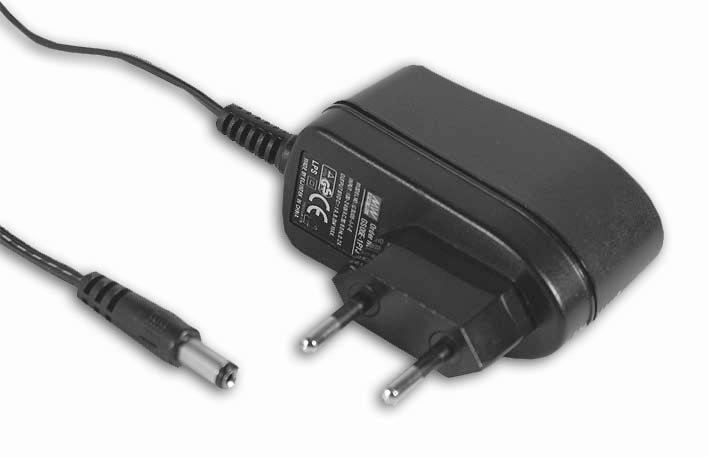Hello
I want to produce a 5V / 1A for PIC16F I have a transformer 230 / 5V, diode bridge and filter capacitor in the controller input, I find the voltage 4.18V with isis I tried with wregulator vin 2.2V / 10V but I do not have a voltage of 5V I get is 3.53V - 5V there a solution for you .thank you
I want to produce a 5V / 1A for PIC16F I have a transformer 230 / 5V, diode bridge and filter capacitor in the controller input, I find the voltage 4.18V with isis I tried with wregulator vin 2.2V / 10V but I do not have a voltage of 5V I get is 3.53V - 5V there a solution for you .thank you











